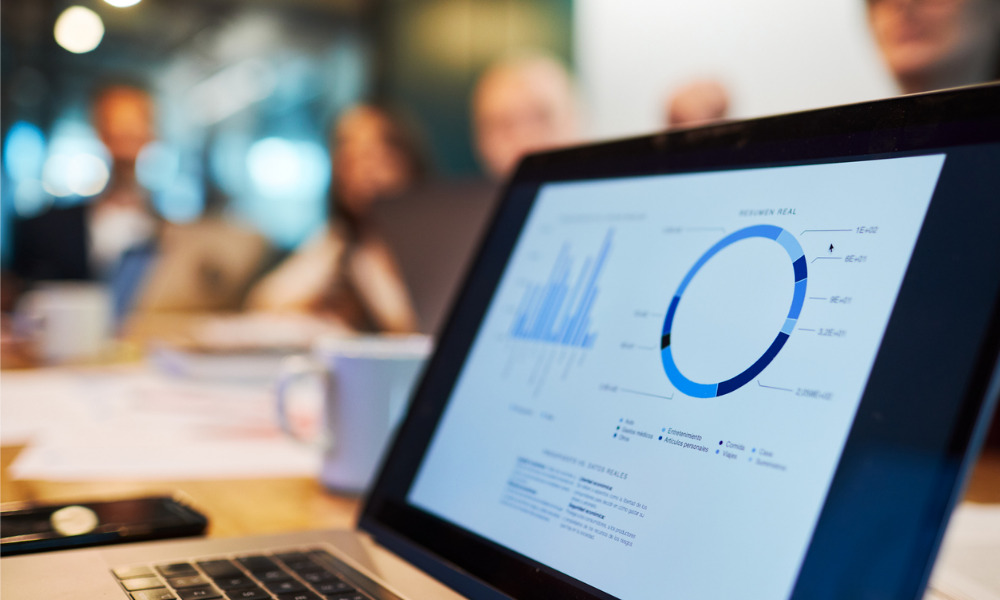
'Organizational data tells us so much in terms of the employee lifecycle'

Data is the currency of the new world. From healthcare to travel, entertainment to public policy – everything is intrinsically linked to data. The ongoing COVID- 19 pandemic only served to highlight society’s reliance on all things analytics – using data to help track and trace the spread of the virus, helping control outbreaks.
But what of workplace data? How can HR leverage this tech to really enhance the lives of their employees?
HRD spoke to Glenn Donaldson, Chief Customer Officer & President of IntelliHR, who talked us through the role of analytics in preventing bias – and revealed how HR leaders can become more ‘data’ savvy.
“Data plays such an important role, particularly when it comes to diversity and inclusion,” Donaldson told HRD. “D&I has changed from being the ‘hot topic’ to instead being a standard in businesses, as it always should have been. When it comes to decision making, data is so incredibly integral in making sure that employers are being fair, being equitable, and ultimately making the right call.
“Organizational data tells us so much in terms of the employee lifecycle. I've always been a big fan of considering the employee’s story behind the numbers. It's all well and good quoting attrition rates - but by looking into the individual components of this data, understanding where it comes from and what that means in an organizational context, the data becomes so much more valuable.
“Having this at the core of your business allows leaders to understand people's decisions – to really get to grips with why things have happened. What we're seeing right now is a massive shift away from data being owned by HR and instead being part of the bigger picture. We’re providing businesses with more tools to make these informed decisions, we're removing that whole concept of ‘gut feeling’ or purely just observational choices – which essentially lead to discrimination.”
With so much data on our plates, it’s high time that HR leaders became more comfortable with reading it. But is it fair to ask HR practitioners, a role that has always been synonymous with people and culture, to suddenly morph into data gurus? As it turns out, it’s not all that complex.
“Honestly, I don't think HR data has reached its full potential yet,” added Donaldson. “For leaders looking to work more closely with it, the process doesn’t need to be that intimidating or complicated. There are a lot of tools out there that help interpret and break down your data to produce the insights you need. The challenge is overcoming this fear around how to mine the data. People think ‘oh, I shouldn't be asking that question’ or ‘oh, I don’t know how to ask’. Obviously, there's a lot of protection that needs to go into place in terms of how we collect data and who has access to it, but it's less about being a scientist and more about asking the right questions.”
As for the future of workplace analytics, Donaldson believes it’s all about smart implementation.
“I'm a millennial,” he told HRD. “It was my early teens when I was first exposed to mobile phones and iPads – with all that instant gratification and notifications. This tech has had a massive impact on how millennials interact with each other. Now, in the workplace, leaders need to realise that people are attached to the devices in their pocket. It's easier to go on a date and meet a future partner than it is to complete a self-review. That may sound sort of comical, but it’s completely true. We need to bring that easy-use tech into our working lives. The concept of swiping for content that we want to see, or subscription-based content like Netflix, is going to slowly make its way into workplaces through technology. AI and augmented reality, particularly in training development, is going to boom in the next few year – but how HR adopts and adapts with this is going to be their greatest challenge. And, obviously, this all comes back to data.”